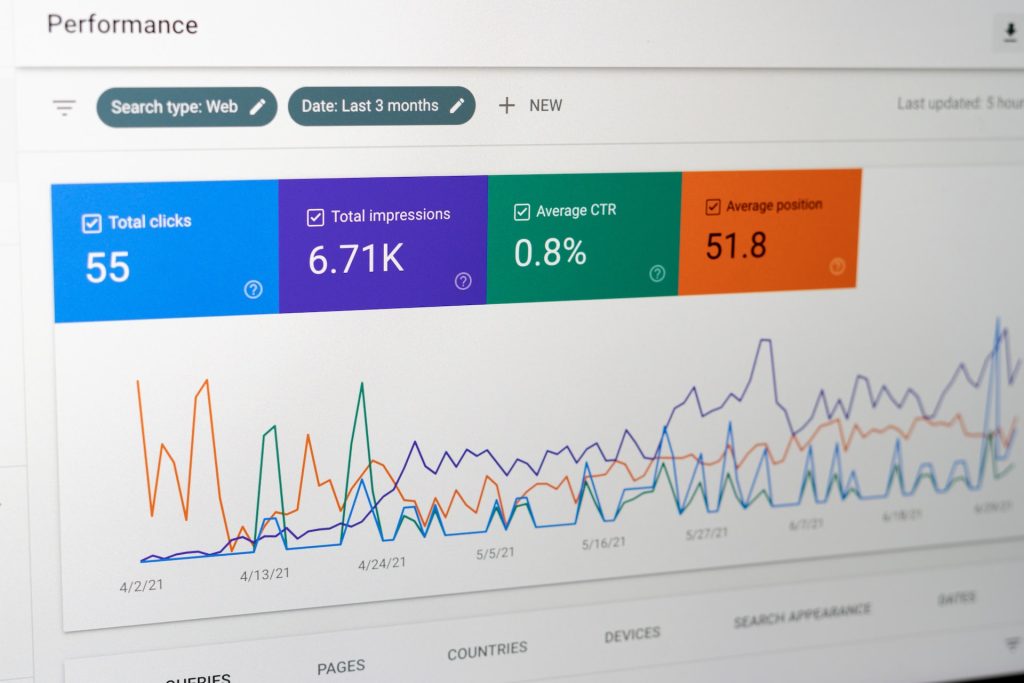Picture this scenario: you’ve got a great news story that you know will be a huge hit.
You eagerly start sending it out to your usual list of journos and publications, but no one bites.
Literally no one.
The great thing about the internet these days is that there are so many niche publications – that is, publications focused on a small segment of the overall media market. Think publications that focus solely on cryptocurrency, study hacks, RV life, and vegan recipes.
If your news story isn’t getting picked up by the big names but you know it’s a great story, chances are you need to focus your efforts more. Do this, and you might see better results too.
After all, the people who read niche publications are highly qualified. People who read a publication dedicated to RV life are all interested in RV life, whereas an RV piece in a general lifestyle publication will only appeal to a small portion of readers.
What it boils down to is this: niche stories do well on niche publications. The question is, how do you find these niche publications? Or, better yet, the journalists who cover stories in your niche?
Here are some key ways you can get started.
How to identify niche publications for your story
The more laser-focused you get with your targeting, the more people you’re likely to resonate with.
Take the RV story. Niche publications have a niche audience who are far more likely to be interested in what you’re offering than the readers of a generalist news site.
Targeting niche publications can:
- Help you reach highly qualified audiences
- Exert your expertise in a particular area
- Gain coverage quickly and easily
1. Set Up Google Alerts
Google has a wealth of opportunities just waiting to be tapped into. One of its most overlooked features is Google Alerts, which sends you regular emails with the latest stories in your chosen categories.
If you haven’t already got Google Alerts set up, it’s very simple to do so.
Start by choosing what you want to get alerts about (i.e. vegan makeup, mental health, board games) and set up an alert. You’ll instantly be able to see the latest news on the topics you type in, but you can also click “Create Alert” to get regular emails sent to your inbox.
Let’s say I’m trying to push a story about vegan makeup. I’d type that into the Google Alerts search bar and, when browsing the results, I’d look out for publications that aren’t as well known, particularly if they’ve published content that’s very similar to my news story.
Beauty Packaging Magazine looks like it might be a good bet here, so I’d click through and take a look at the publication’s backlog of stories to see if my piece will be a good fit. In this case, the Beauty Packaging Magazine does have a lot of previous stories on vegan makeup, so I’d add it to my list of niche publications to distribute my press release to.
2. Search Engines
Most people start their search for something on Google and finding niche publications is no different.
Leverage Google’s millions of results by typing in a keyword or phrase for your niche and then “news”.
Let’s say my story is about feng shui.
Again, look for publications that aren’t traditional news outlets or well-known publications. At the top of the search results, there are a lot of results for outlets like The Guardian, The NY Times, and the BBC, but if I scroll further down I’m more likely to come across niche publications that will be a better, more focused fit for my story.
The further through the search results you go, the more niche the publications are likely to get and you’ll come across outlets you never considered before. Even better, these outlets have published stories on your chosen topic, which means there’s a good chance they’ll be interested in your story too.

3. Tools Like BuzzSumo
There are plenty of tools to help you find niche publications and news outlets. BuzzSumo is one of my favourites for finding lesser-known sites with a highly targeted audience because it shows journalists as well as publications in its results.
Again, let’s say I’m on the hunt for publications that will publish my piece about vegan makeup. I simply type “vegan makeup” into BuzzSumo’s search bar (bear in mind you only get three free searches a day if you don’t have an account).
From there, I can filter the results to show stories published in the last month, as well as the country I want to target. Even better, BuzzSumo lets you see how much engagement you might be able to get on your piece if it’s published in the same outlet.
Like with the other methods listed here, keep an eye out for publications that are focused on your niche topic.
How to find journalists interested in your niche story
1. Twitter or LinkedIn
Social media is a goldmine for finding niche journalists and editors.
Most people in this arena are active on Twitter because it’s a great place for discovering real-time stories. Use these platforms to your advantage by Running Twitter and LinkedIn Searches.
The great thing about both Twitter and LinkedIn is that people are inclined to put their job titles in their bio.
This, combined with the keyword-based search results means it’s relatively easy to find journalists that focus on certain topics.
Let’s say I want to find journalists to share my story about mental health. I’d simply type “mental health editor” in the search bar on Twitter.
Alternatively, if I wanted to find a journalist, I’d type in “mental health journalist”.
Create Twitter Lists once you’ve found a few journalists and editors that would be a good fit, add them to your media contacts list.
Alternatively, you can use Twitter’s in-built “Lists” feature to curate a list of potential journalists. This means you can regularly check in with their conversations and stay connected until you have another relevant story for them.
2. Run a search
Google is good for finding niche publications, but it’s also good for finding journalists and editors with a niche focus.
It works exactly the same way as finding a publication: simply type in a keyword or phrase from your niche and ‘freelance journalist’.
Take a look at any journalists that take your fancy to see if they’ve written similar stories on your subject before.
Check out the publications they have bylines in too, to determine what calibre of outlet you can expect to get placed in.
When you’re researching journalists and editors to see if they’re a good fit, consider:
- The topics they’re currently writing about
- What they’re most interested in
- The publications they’ve had bylines published in
- Whether they’re looking for a story like yours

3. Niche Facebook Groups
Facebook isn’t just for scrolling through pictures of sunsets, breakfasts, and pregnancy announcements. It can also be a great way to find niche journalists and editors to connect with.
And, because it’s an inherently social platform, you can use it to nurture relationships moving forward.
But how do you use it to find the right people? The answer is niche Facebook groups.
There are millions of public and private groups on Facebook – it’s simply a case of finding ones that are relevant to your news story and integrating yourself in them.
For example, if you have a story about fishing in Texas, you can run a search for “fishing in Texas” and filter the results to only include groups.
This method is more long-winded than the others because these groups aren’t going to necessarily be filled with journalists and editors.
It can be hit and miss, but if you’re in it for the long haul, it can be a great way to build relationships with people in your chosen industry or who have a particular interest.
Now’s the time to go niche
There are more niche publications online than ever before. In fact, there’s pretty much something for everyone – it’s just a case of finding the right publications and connecting with the right journalists and editors.
Start by creating Google Alerts and running focused Google searches to find relevant publications.
Then, use PR tools like BuzzSumo or PRFire to find even more.
Finally, track down niche journalists and editors by using LinkedIn, Twitter, Google, and Facebook Groups.
